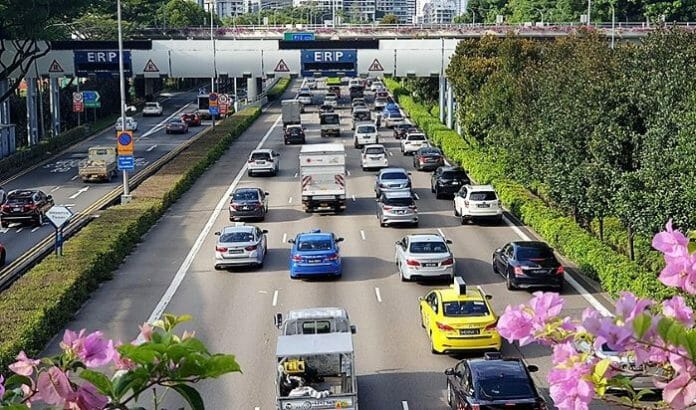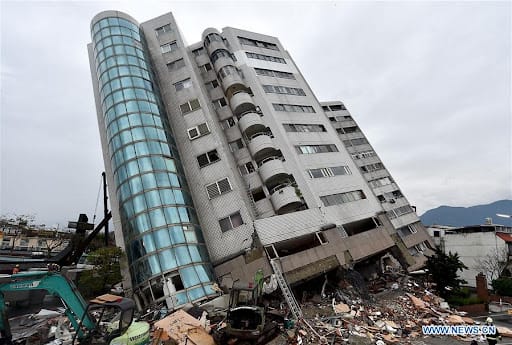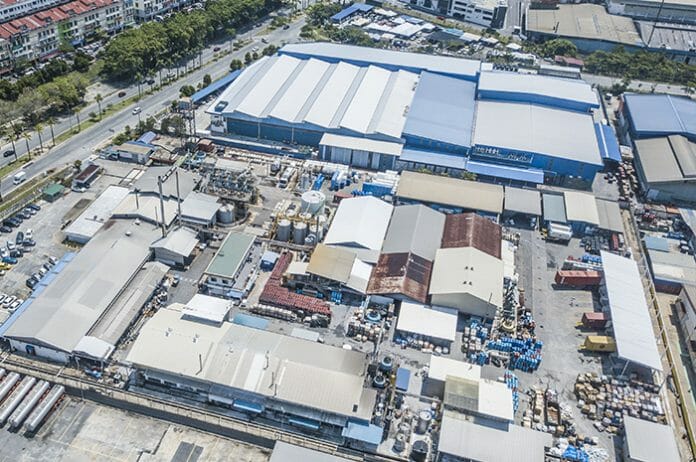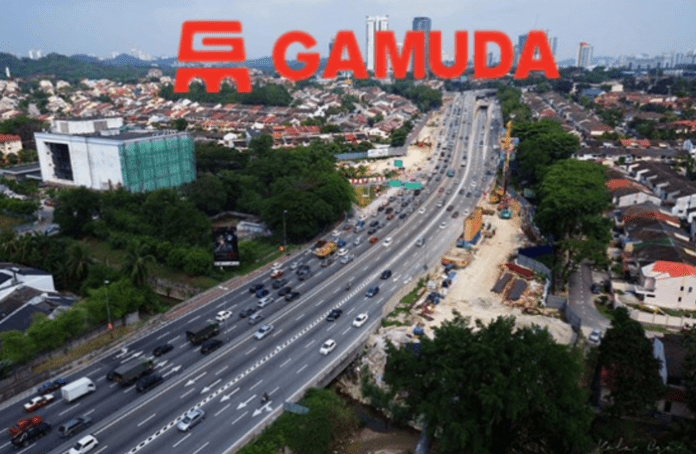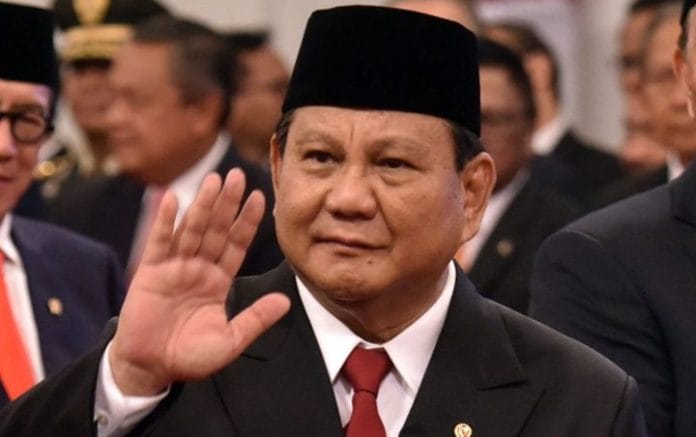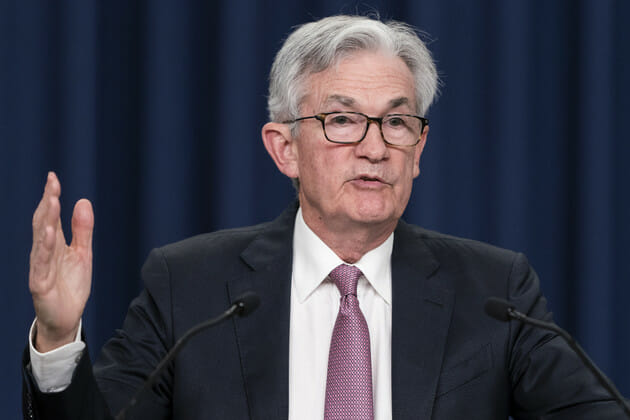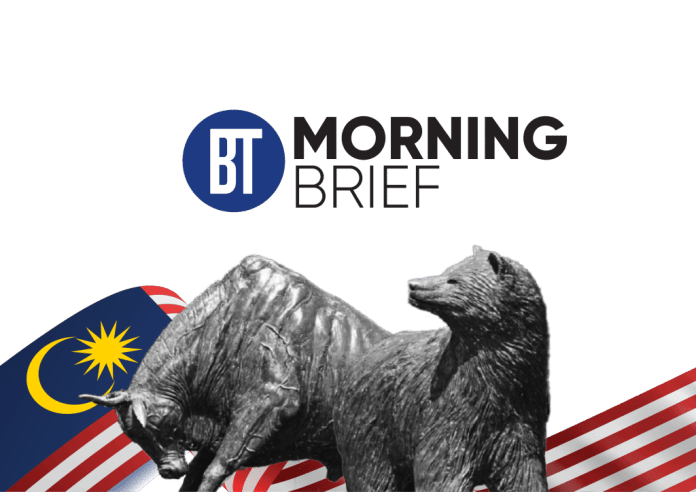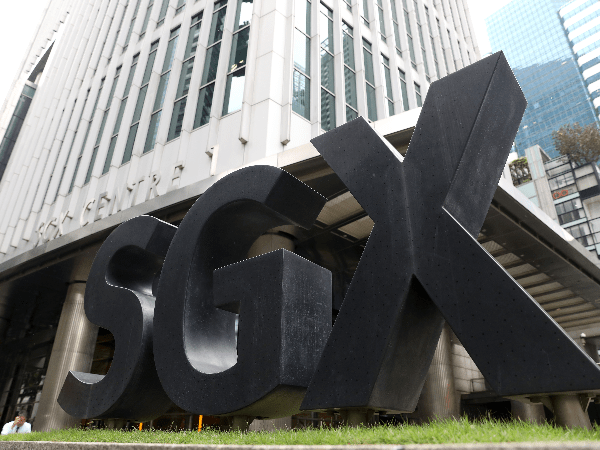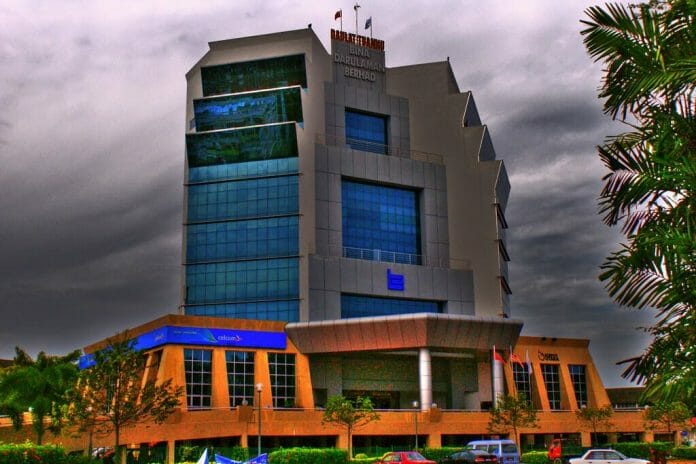Kenanga Investment Bank Berhad’s (Kenanga) Sector Update today (Apr 4 ) said they maintain OVERWEIGHT on the sector as they are optimistic that earnings and dividends will remain largely intact given a more accommodative regulatory environment.
Potential major developments or news flow to watch out for in 2QCY24 include: (i) mobile: announcement of the official 5G Dual Network policy directive, (ii) fixed line: stake sale in PT Link Net to new investors, and (iii) infrastructure: sale of Edotco’s towers in Myanmar.
Kenanga’s sector top picks comprise of TM (OP; TP: RM7.22) and CDB (OP; TP: RM5.83).
1. Mobile
5G dual network policy may be unveiled. For mobile players, news flow that may possibly emerge in 2QCY24 include announcement of the official 5G Dual Network policy directive.
This is expected to shed light on the final equity stake for each telco in either entity A or B. To recap, the said entities will be established as part of Malaysia’s transition from the 5G Single Wholesale Network model to DN. Entity A will take over the existing first 5G network owned by Digital Nasional Berhad (DNB), whilst B will develop the new second 5G network.
Back in Dec 2023, the major telco players (i.e. CDB, MAXIS (OP; TP: RM5.30), TM, YTLPOWR (OP; TP: RM4.10) and U Mobile Sdn Bhd) have each entered into conditional share subscription agreements (SSA) with the Ministry of Finance and DNB.
The SSAs are targeted for completion in by April 2024, which will result in the telcos collectively owning 70% stake in DNB.
5G monetisation may provide support to weak ARPU trends. Moving forward, given that mobile players are now required to pay 5G access charges, Kenanga believes they are exploring ways to monetise 5G.
To recap, 5G access seekers are required to pay target capacity payment of RM288m p.a., and RM360m p.a. (in MAXIS’ case) to DNB.
On the flipside, regulatory requirements inhibit telcos from imposing additional access charges for 5G services. Hence, mobile players have tweaked their 5G plans to derive higher APRUs from high net worth retail customers with strong spending capacity.
Evidently, new or revamped plans incorporate: (i) tiered speeds and caps, (ii) 5G data quotas, and (iii) fair usage policies that throttle speeds after limits are exceeded. Therefore, this may compel customers to upgrade to expensive plans that correspond to faster speeds, as well as higher thresholds for FUP caps and 5G quota.
On the back of this, Kenanga is sanguine of ARPU recovery or at least stable ARPUs in 2024 after a weak showing in 2023. We believe this would be the case, particularly for the postpaid segment given that affluent customers that can afford higher ARPUs fall within this demographic.
Enterprise remains the larger prize. On the bright side, whilst there are limited opportunities to monetise 5G in the retail segment, Kenanga believes that longer term opportunities lie in the enterprise segment.
On the back of this, telcos are augmenting efforts to encourage enterprises to implement systems that leverage on 5G.
For example, CDB recently announced a strategic partnership with Japan-based SoftBank Corp and SC-NEX (part of Japan’s Sumitomo Group). This is to formulate IR 4.0 solutions that apply artificial intelligence (AI) in robotics and analytics.
As a start, it will focus on solutions such as: (i) agritech: usage of drones in plantations for operations and security, and (ii) smart city: deployment of integrated building management software and internet of things (IoT) sensors to control building access and security.
In addition, MAXIS and Amazon Web Services (AWS) have recently inked a collaboration to push generative AI and 5G. This is via AWS’ integrated solutions for MAXIS’ customers in the retail, manufacturing, logistics and financial services segments.
In particular, Direct Connect cloud service enables dependable and low-latency performance by linking customer networks directly to the AWS cloud.
In addition, one of the key focus areas of this collaboration includes training of a large language model in Bahasa Melayu. Against this backdrop, Kenanga believes that enterprise sales may potentially receive an uplift in 2024 as telcos expand their 5G offerings and solutions.
Unifi Mobile may emerge as a market disruptor. Moving forward, Kenanga believes that subscriber growth traction for the top 3 players may likely remain steady, despite the entry of TM’s Unifi Mobile.
This is because monthly fees for Unifi Mobile’s postpaid packages range lower at RM39-RM99 in comparison to CDB, MAXIS’ and Digi’s postpaid plans which range at RM60-RM139.
On the other hand, Kenanga believes that Unifi Mobile may snag some market share from Umobile given matching price points and TM’s superior network quality.
Evidently, based on OpenSignal’s Sept 2023 ranking of true wireless experience in Malaysia (excluding MAXIS), Unifi Mobile won awards for Consistent Quality and Live Video experience.
Additionally, Unifi Mobile secured five other joint wins in the video, voice app, 5G live video, 5G download speed and 5G coverage experiences.
Hence, this translates to a tie with Digi in terms of the highest total number of wins in the various categories. Against this setting, and given rational competition, Kenanga expects market share for the big 3 players will remain stable in 2024.
On the other hand, as outlined above, Kenanga believes that Umobile’s share may potentially be eroded by TM.
2. Fixed
Linking investors to Link Net. For fixed line companies, news flow on a stake sale in PT Link Net may potentially surface in 2QCY24.
Recall that in Jan 2024, Bloomberg reported that AXIATA’s FiberCo in Indonesia, namely Link Net, is seeking an advisor for a potential stake sale for USD400m-ISD500m. To recap, in Dec 2023, XL and Link Net underwent a structural transformation which entailed: (i) transfer of Link Net’s 750k residential subscribers, and (ii) roll-out of an additional 2m new home passes by Link Net for XL.
This is aligned with the group’s delayering strategy where XL becomes a ServeCo and Link Net transforms to a FiberCo. As ServeCo, XL will offer fixed-mobile converged offerings, whilst Link Net as FiberCo will focus on delivering 8m home passes to XL by 2026 (2023: 3.4m).
On the back of this, Link Net requires peak funding of USD500m USD600m in 2026 to deploy 4m home passes.
New funding is key to Link Net’s growth. In the event that Link Net is unable to secure new equity funding in a timely manner, it may tweak the scale and timeline of its expansion plan.
Under this circumstance, its expansion plans will be funded via internal cash flows or bank borrowings. This outcome is less desirable as it will translate to a drag on AXIATA’s balance sheet and derail its plans to deleverage.
To recap, AXIATA has committed to slash its net debt/EBITDA gearing to 2.5x (3QFY23: 3.36x). Furthermore, this would prolong Link Net’s turn-around and limit growth opportunities for it and XL.
To recap, Indonesia’s low fixed broadband penetration of 15% (Malaysia: 48%) is attributed to significant supply deficit. Evidently, the largest fixed player there, Telkom, merely has 37m home passes as at end-2022, whereas Link Net as the second largest player, trails behind with 3.4m.
In contrast, internet penetration (mainly via mobile) at Indonesia is substantially higher at 78% in 2022-23. These market gaps translate to promising growth and expansion prospects.
On the back of this, we believe that investors are eagerly awaiting the entry of new equity investors to Link Net.
Retail broadband pricing will likely remain rational. Recall, in 4QCY23, fixed player Unifi concluded the year with healthy YoY net adds of 137k in 4QCY23.
Notably, in spite of Unifi’s repricing exercise in Oct 2023, sequential net adds were steady at 19k in 4QCY23 (3QFY23: 19k, 2QFY23: 38k). Therefore, this implies that competition between the fixed players remain rational despite the blanket repricing exercise for retail broadband in 4QCY23.
To recap, this was to correspond with lower wholesale broadband prices after the implementation of the Mandatory Standard on Access Pricing in 1QCY23. Following this, in 4QCY23, all three major fixed home players adjusted prices for their entry level 100Mbps and 300Mbps plans.
They are now on par or largely comparable with each other at monthly prices of RM99 (100Mbps), and RM129-RM139 (300Mbps). In light of this, as Malaysia forges ahead for the remainder of 2024, Kenanga expects ARPUs for fixed offerings to remain stable at current levels. This is barring the intervention of regulatory forces that may impose further price cuts.
3. Infrastructure
Edotco on the dot for disposal. For infrastructure companies, there may be news flow in 2QCY24 surrounding the sale of Edotco’s towers in Myanmar. To recap, AXIATA’s tower unit, namely Edotco, owns circa 2,000 towers and manages 1,000 sites at Myanmar.
This translates to 3%-4% of AXIATA group’s assets. In 4QFY23, Edotco’s Myanmar operations were reclassified under asset held for sale given that negotiations with a potential buyer are ongoing. This is aligned with AXIATA’s plans to enhance Edotco’s appeal to potential new shareholders on the back of ESG concerns.
To recap, following a coup in 2021 that overthrew Myanmar’s democratically elected government, the country is now ruled by a military regime.
Moving forward, AXIATA believes that a more efficient route for Edotco’s withdrawal would be the disposal of its towers in Myanmar to local buyers. Hence, this would hasten the process of securing regulatory approvals and accelerate Edocto’s departure (target: 2024).
Kenanga Maintain overweight
In essence, Kenanga believes that investors are less wary on 5G as monetisation opportunities from enterprise and high net worth clients loom on the horizon. Moreover, investors are optimistic that earnings and dividends for telco players will remain intact given a milder and more accommodative regulatory environment.
Kenanga maintains an OVERWEIGHT recommendation on the sector with their top picks being TM and CDB.
Kenanga likes TM on account of: (i) it being leveraged towards secular data growth on the back of current trends such as digital transformation, proliferation of internet of things (IoT), AI integration etc, (ii) it benefitting from JENDELA phase 2 projects via roll-out and monetisation opportunities, and (iii) earnings accretion from potential development of new hyperscale data center.
Kenanga likes CDB for the following reasons:- (i) merger synergies are expected to amount to NPV of RM8b over 5 years – emanating from network (RM5.5b), IT (RM1.1b) and others (RM1.4b), (ii) robust average FCF yield of 7.9% in FY24-25 implies capacity to pay steady dividends, and (iii) leading subscriber base share of 39% and 20% in the postpaid and prepaid segments, respectively, translating to pricing power and economies of scale.


